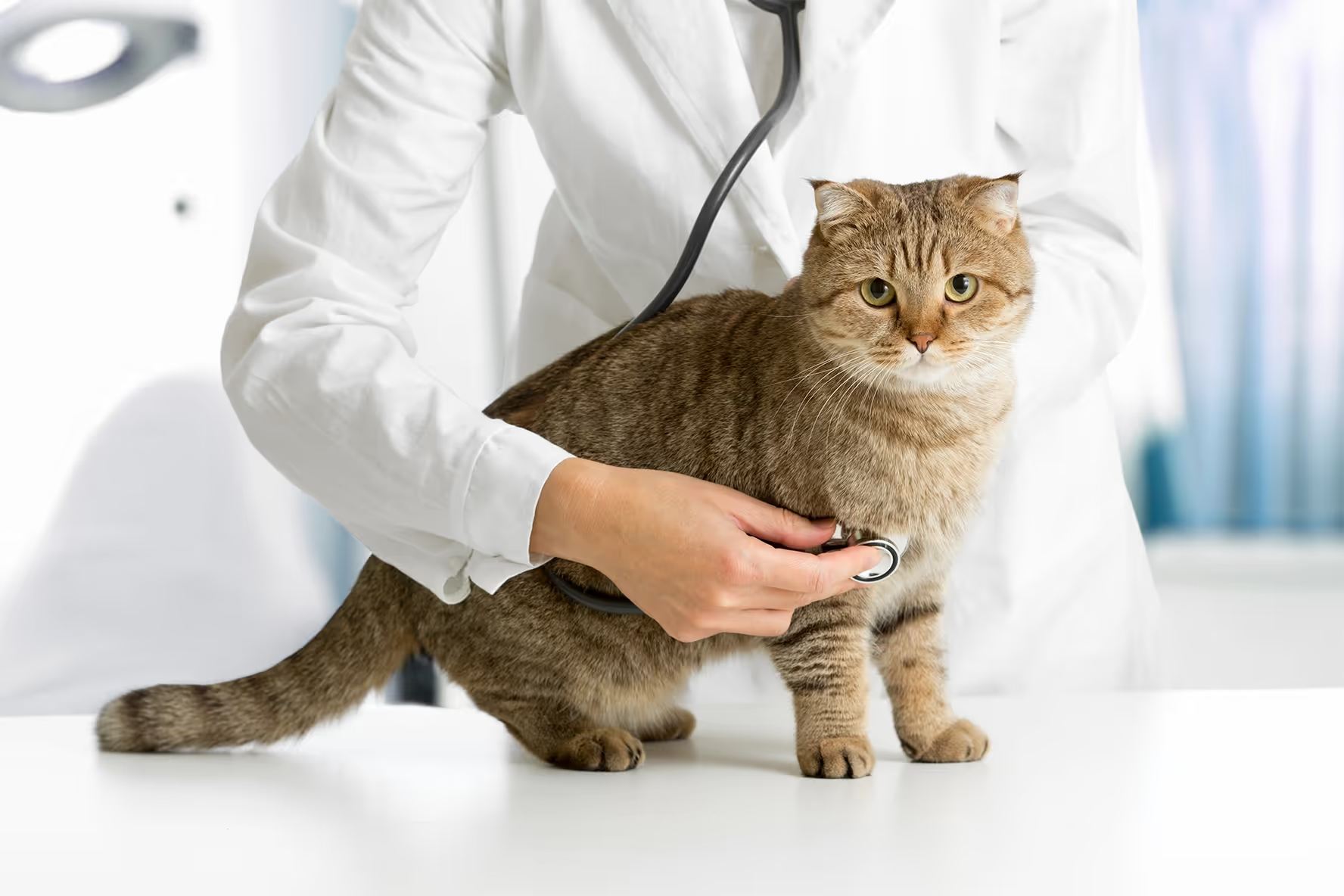
Sometimes it’s easy to forget that our lovable fur baby is a descendant of wolves, but when it comes to how they handle pain, their ancestor’s practice is also, unfortunately, how they navigate it. Wolves are pack animals, and so are dogs, but where dogs now have loving homes and families of humans to make up their packs, wolves were stuck with their own kind and only the resources to manage pain that wolves knew of—significantly less than what your dog has access to today.¹
To avoid being left behind by the pack, wolves will hide their pain until it becomes too unbearable because being left behind was often sure to mean death. Similarly, your dog will often hide their pain from you until it becomes unbearable because they don’t want to lose their pack either. Knowing some signs of how they hide their pain can be very helpful for you and your pet, and watching for these can ensure that your pet gets treatment before it’s too late.
1. Personality Changes
For some pet parents, the first sign that their dog is in pain will not be wails and whimpers, but just big changes in their personality. Perhaps a normally cuddle-loving dog will growl and shun the common affection. Or maybe your high energy pooch doesn’t want to play at all and would rather lie on the couch. Sometimes it could be the exact opposite, a couch potato having a hard time staying still for long periods of time.4
Many dogs can suddenly become aggressive or antisocial when they are in pain, as they don’t want you to notice that they are weak and decide that they are no longer welcome in the pack. So they protect themselves by showing anger instead of fear or pain, or sometimes even distancing themselves from you so you won’t notice that they’re hurt.2,3,4
The change of a lot of these behavior and personality traits might not be obvious or concerning to someone else, but you know your pet best. If you notice that they have started to act strangely, it may be time to check in with the vet.
2. Changes in self-maintenance
Another sign that your dog may be in pain is if they change the way that they take care of themselves. For your dog, a lot of the tasks that are considered along the lines of human “self-care” are not their own responsibility. You take them on walks to get their exercise, you choose what food they eat (and often the maximum end of how much), you give them baths and brush them.
But your dog also has to self-regulate some of their own care, such as when and how much they eat and drink, and how much they sleep. If you notice changes in those aspects of your pet, either a loss or increase of appetite and thirst, or an increase in sleeping, those could be signs that your pet is in pain or has the potential to be sick.2,3,4
Increased grooming on a certain area of their body can also be a sign of pain there. If your dog is regularly licking an area to a point that you notice, it might not be a bad idea to take a close look at that area. There may be something poked into them, perhaps a splinter or a piece of broken glass in a paw, or a scrape that may need some antibiotics and a bandage applied. If you notice anything that is a clear cause of your dog’s pain, call your vet and let them know what you’ve found to see if it will need immediate medical attention.2,3,4
3. Lowered confidence in movement
Unsurprisingly, when a dog is in pain they will try to limit the movement that will cause them more pain. All the while, trying to draw as little attention to their pain as possible.
So if you notice your dog is having a bit more trouble with simple tasks that they never really had trouble with before, it might be a good idea to check in with your vet on what could be causing it.
Examples of tasks a dog may have trouble with include jumping into the car, climbing stairs, getting on furniture, having a hard time keeping up with normal walks (distances and pacing), and general hesitation for common tasks.2,3,4
4. Vocalizing and physically showing signs of pain
Though there are some exceptions, most dogs are predisposed to suffering quietly to protect themselves from the abandonment of their pack. When a dog gets to a point of showing signs outwardly, you would want to get them into a vet.
Some signs of pain are less intense than others, a limp that lasts a short period of time could be caused by some dried mud stuck between toes or a tense muscle after a long car ride. But other signs can be clear indicators that it’s time to visit your vet. Signs like whining, whimpering, or growling when touched or picked up, fast or shallow breathing, groaning with seemingly no prompt, or shaking and trembling even though they shouldn’t be cold.2,3,4
How to safely get a dog in pain to the vet
The vet is often a stressful experience for your dog, even when they’re feeling their best, so you’ll want to remove any external stressors that you can on the way to the vet.
When your pet is in pain it’s natural to want to comfort them, but dogs want comfort differently than humans do. Where a child in pain may appreciate a hug and being told that they’re going to be okay, a dog will more likely want moral support rather than any physical affection from you. Show them that you aren’t going to leave them to suffer alone, but stay with them and avoid overcrowding them.5
Unfortunately, pain can be a catalyst for changing a usually mild mannered, friendly pooch into one that will bite if approached the wrong way. For dogs in serious pain, it may not be a bad idea to muzzle them before attempting to move them or touching them where their pain is. It may be hard to tell whether your dog is in so much pain that they will bite, so always err on the side of caution with them.
If you don’t have a dedicated muzzle, there are ways to use towels, stockings or gauze to muzzle your pet; resources online that can quickly show you how to safely use these other objects as a muzzle. Approach your dog from the side rather than the front to put on the muzzle, and try to move slowly as you get closer so as not to spook your hurt pup. Once you’re able to get them safely restrained, you can get into the process of getting them to the vet.6
Small dogs should not have as much trouble getting picked up and placed into a vehicle, but larger dogs may have more trouble, especially depending on the way that they are being lifted and the seriousness of their injury. If your dog is still capable of walking and supporting their own weight, you may want to offer a ramp or steps to get into the car. If your dog has a more serious injury, a large sturdy flat surface acting as a stretcher may be the best method to get them safely into the vehicle (sleds, board, door, or whatever else you have on hand).5,6
Be sure to call your vet on the way there, or before loading your pooch into the car. Regardless of if you are going to an emergency hospital or your normal vet, it will always be in the best interest of your pet and the people treating them to know everything that you know about the injury or what is causing the pain. This makes it easier for the professionals to be ready to assess your pet and will help them to determine whether it is an emergency at that moment or if there is any temporary pain management that can be given in the meantime.5
Your dog being in serious pain is a stressful experience for both you and them, but you can help your pet stay calm by staying calm yourself. If you panic while your pet is injured it can cause them to overreact to their pain as well, which in turn can create worse pain, or make them harder to treat when you arrive at the vet. Stay as calm as possible for your dog; you know that the vet is going to do everything that they can to help your pet and you can use that to ground yourself when you start to worry.
Your dog cares about how you feel and if you are outwardly scared, they will be too. A scared, injured dog is very difficult for a vet (especially if it’s one that the dog has not met before) to treat safely. If you start to feel overwhelmed with worry, take a deep breath and keep in mind that if you can stay calm, your pup will too and that will bring your dog closer to relief faster.5
Managing your dog’s pain
It may be tempting to offer your dog pain relief from your own medicine cabinet if you are not able to get ahold of your vet or into your vet’s office in a timely manner, but you should never give a dog human medication. Even if some of the drugs may behave similarly, or even be the same drug between the species, dosages and side effects can be drastically different.
But never take treating your dog into your own hands.
ImpriMed is a precision medicine company that helps find the best treatment for dogs with Lymphoma. Find out how ImpriMed can help you here.
References:
- https://vetspecialists.co.uk/blog-post/recognising-signs-of-pain-in-your-pet/
- https://www.vets-now.com/2017/06/10-signs-dog-pain/
- https://outwardhound.com/furtropolis/health-wellness/natural-pain-relief-for-dogs
- https://www.hillspet.com/dog-care/healthcare/helping-your-dog-cope-with-pain
- https://www.akc.org/expert-advice/health/how-to-transport-a-dog-to-hospital/#:~:text=If%20your%20dog%20is%20hurt,a%20soothing%20and%20peaceful%20voice.
- https://www.avma.org/resources/pet-owners/emergencycare/basic-tips-handling-injured-pet


